Reasonable rotation of different vegetables has high efficiency! Rotation of 16 kinds of vegetables
Reasonable rotation of different vegetables can make pathogens lose parasitism or change their living environment, so as to achieve the purpose of reducing or eliminating diseases and insect pests. For example, planting Chinese cabbage after spring onion and garlic harvest can significantly reduce soft rot. Such as the rotation of grain and vegetable, flood and drought rotation, it is more effective to control soil infectious diseases.
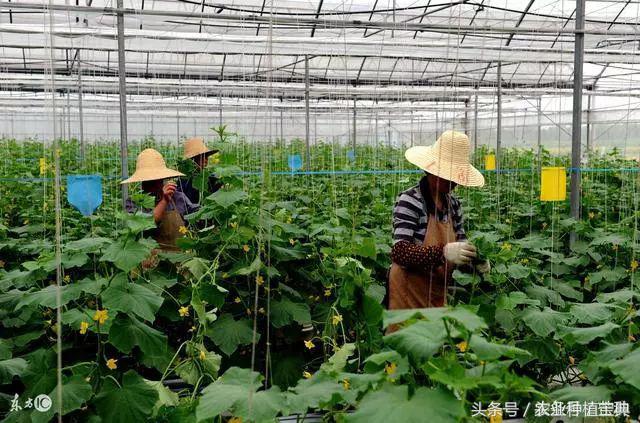
1. Cucumber
The first crop of spring cucumber is mostly autumn vegetables or spring vegetables and overwintering vegetables, followed by a variety of autumn vegetables, summer and autumn cucumber before a variety of spring and summer dishes, and the subsequent crop is suitable for overwintering vegetables or spring vegetables. Cucumber and tomato inhibit each other, so it is not suitable for rotation and interplanting.
2. Tomato
Rotation for 3 ~ 5 years, not continuous cropping with Solanaceae crops, the first crop is a variety of leaf vegetables and root vegetables, and the next crop can also be leaf vegetables and root vegetables, intercropping with short-stalk crops or vegetables, such as edamame bean, cabbage, corm fennel, spring onions, garlic and so on. Autumn greenhouse tomatoes, interplanting vegetables can lower the ground temperature. Interplanting sweet corn in tomatoes can induce moths to lay eggs and concentrate on killing them.
3. Eggplant
The previous crop is overwintering leafy vegetables, and it can also be interplanted with early cabbage, precocious cabbage, spring radish, water radish, cherry radish and other vegetables with short growth period, and autumn vegetables such as Chinese cabbage can be planted in the subsequent crop.
4. Chili
It is not suitable for continuous cropping with Solanaceae crops or intercropping with short-stalk crops such as leaf vegetables, root vegetables, peanuts and so on.
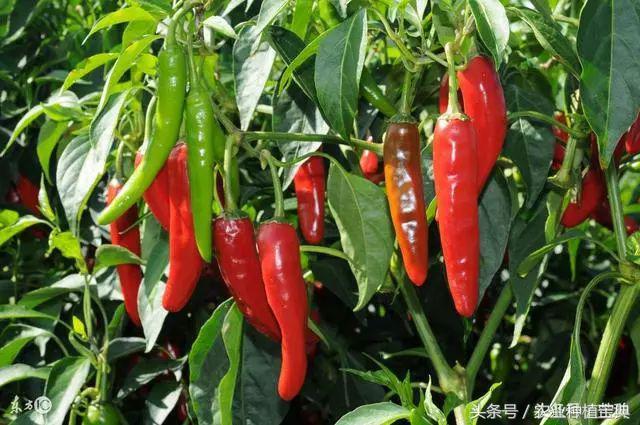
5. Melon
Avoid continuous cropping. Crop rotation for 3 to 5 years. Avoid sticking with other melons. The leaf vegetable is the best before and after the melon, and the leaf vegetable after the next crop can obviously increase the yield.
6. Beans
Contains beans, peas, Dutch beans, sweet crispy beans, shelf beans, etc., should not be continuous cropping, crop rotation for more than 3 years, the previous crop is autumn and winter vegetables or idle land.
7. Carrot
The previous crops of carrots in autumn and winter are mostly wheat, spring cabbage, spring cabbage, beans and so on. The following crops can be inoculated with wheat, onions, spring kale, green onions, potatoes and so on.
8. Potatoes
The first crop was onion, garlic and cucumber, followed by cereal crops and soybeans. Solanaceae crops should not rotate with each other, nor should they rotate with root vegetables. When interplanting with other crops, it should be noted that ① should choose varieties with early maturity and short plants. The symbiotic period of ② was shortened as soon as possible, and the peak period of product organ formation was staggered. ③ competes less for temperature, light, water, fertilizer and influence management.
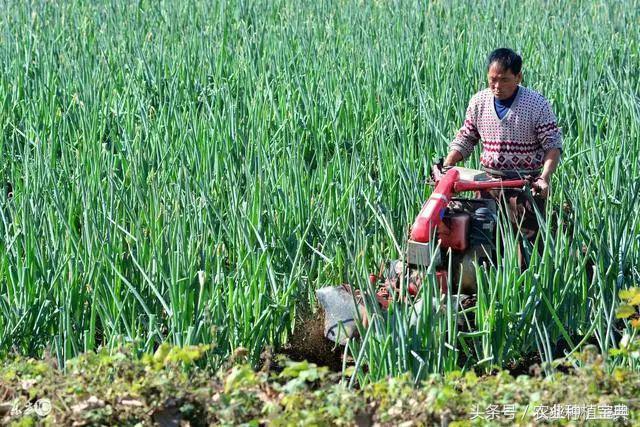
9. Green onions
The most avoid continuous cropping, need more than 3 years of rotation, and food crop rotation, the use of onion stubble cultivation of Chinese cabbage and melon vegetables. Early-maturing radish was planted before spring onion growth, and spinach and other overwintering crops were interplanted in the later stage.
10. Garlic
The most avoid continuous cropping, or with other onion plants. The stubble of early ripening beans, melons, eggplant fruits and potatoes is the best for autumn sowing garlic, and autumn beans, melons, pumpkins and eggplant fruits are the best for spring sowing garlic, which is a good previous stubble for other crops.
11. Chinese cabbage
Rotation with rice is not suitable for continuous cropping and rotation with other cruciferous crops. In rotation: ① selected vegetables with earlier harvest such as eggplant fruits; ② selected vegetables with more fertilization in previous crops such as cucumbers and watermelons; ③ onions and garlic as previous cropping could reduce diseases and insect pests. When Chinese cabbage was planted on leek ridges or garlic ridges, the disease decreased obviously.
12. Chinese cabbage and Wutan cabbage
It can be rotated with melons, legumes, root vegetables and field crops. Vegetables planted in spring can be interplanted with eggplant fruits, beans, melons and so on. Summer and autumn vegetables can be mixed with celery, chrysanthemum and carrots. Early autumn cabbage can be interplanted with cauliflower, cabbage, autumn potatoes and so on. Intercropping with spring cabbage and lettuce in winter.
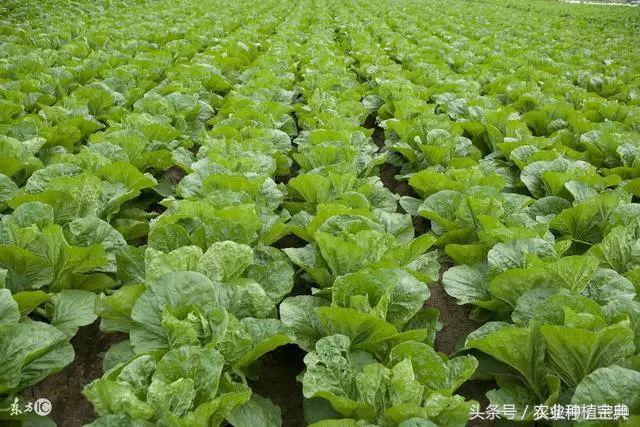
13. Shepherd's purse
Autumn sowing shepherd's purse is best for tomatoes and cucumbers, and spring shepherd's purse is garlic. Avoid continuous cropping.
14. Wax gourd
5-6 ginger plants are planted among wax gourd plants, with kudzu on one side of the border and taro on the other. After April and May, interplanting wax gourd or pepper and eggplant in leek border; tomato interplanting wax gourd; interplanting corm fennel, lettuce, cabbage and leafy vegetables under wax gourd rack; and interplanting ginger in mountain area.
15. Watermelon
Rotation for more than 5 years and 8 years. Rotation crops include wheat, rice, corn, radish, sweet potato and green manure.
16. Lettuce
The former can be made with onions, garlic and cucumbers, while strawberries and tomatoes can be planted at the back.

Note:
Taxonomically, vegetables belonging to the same family are not suitable for rotation, such as tomato, eggplant, pepper and sweet pepper belong to Solanaceae, so it is not suitable for rotation.
Generally, leafy vegetables that need more nitrogen are best arranged for eggplant and fruit vegetables that need more phosphorus. Fast absorption of cucumber, celery, spinach, the next crop of the best to absorb more organic fertilizer tomato, eggplant, pepper and so on.
Pay attention to the effects of various vegetables on soil acidity and alkalinity. Planting potatoes and kale will increase soil acidity, while planting corn and pumpkin will reduce soil acidity. Therefore, the acidity-sensitive onion vegetables can obtain high yield as the follow-up crops of corn and pumpkin.
It is necessary to grow vegetables with long growth period and short growth period, which need more fertilizer and less fertilizer. Growing legume vegetables can increase the content of soil organic matter and improve soil fertility, while long-term planting of leafy vegetables that require more nitrogen will make the nutrient elements in the soil out of balance.
- Prev
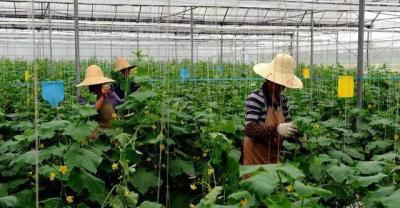
A town in Henan became rich by planting "chili". Almost every household grows chili peppers.
Chili pepper is a kind of vegetable, which often appears on the table as a side dish and is an indispensable condiment for most friends. Chili can be processed into chili powder and spicy.
- Next

Can you make money by planting mandarin in 2018? analysis on the prospect of planting mandarin.
Related
- Fuxing push coffee new agricultural production and marketing class: lack of small-scale processing plants
- Jujube rice field leisure farm deep ploughing Yilan for five years to create a space for organic food and play
- Nongyu Farm-A trial of organic papaya for brave women with advanced technology
- Four points for attention in the prevention and control of diseases and insect pests of edible fungi
- How to add nutrient solution to Edible Fungi
- Is there any good way to control edible fungus mites?
- Open Inoculation Technology of Edible Fungi
- Is there any clever way to use fertilizer for edible fungus in winter?
- What agents are used to kill the pathogens of edible fungi in the mushroom shed?
- Rapid drying of Edible Fungi

